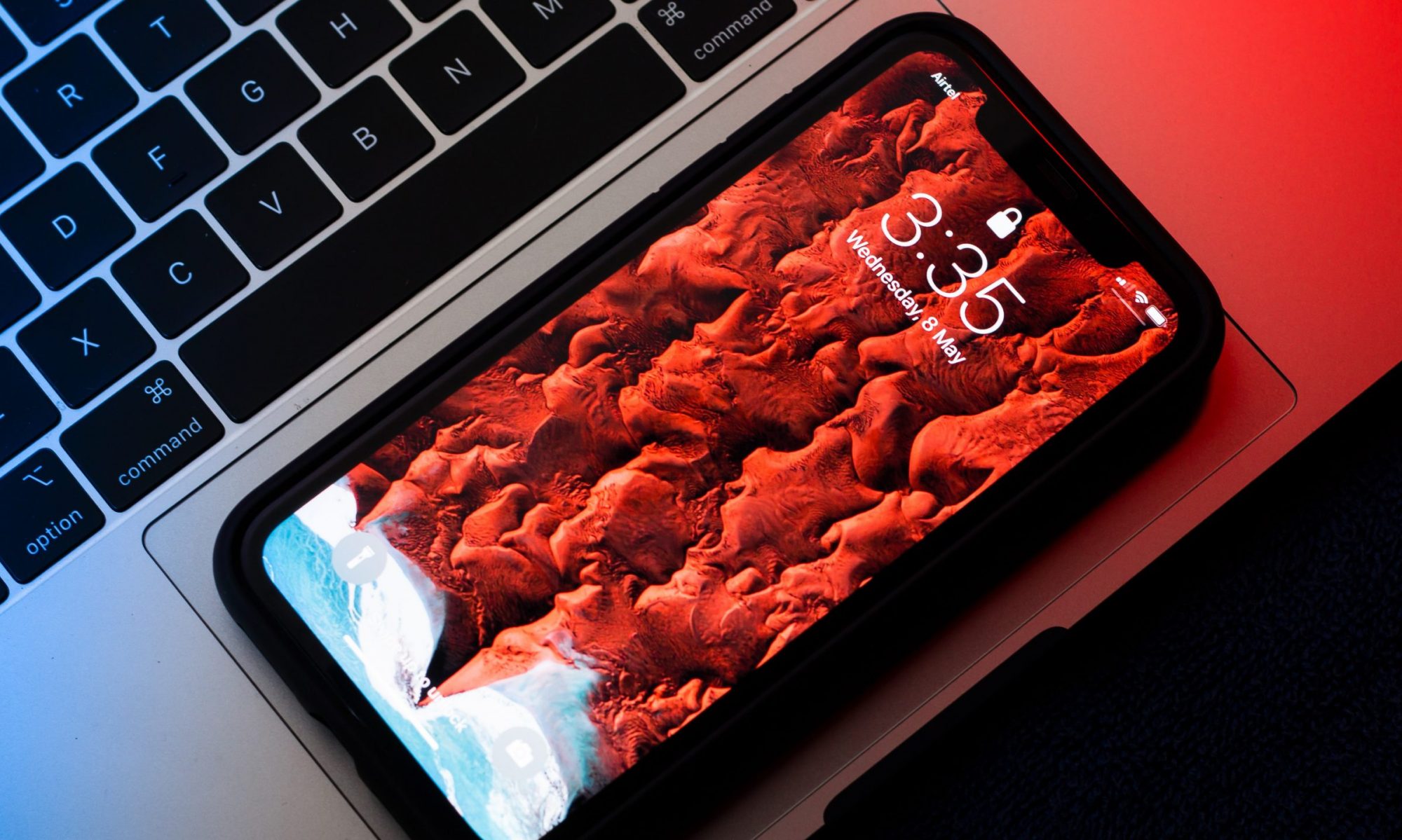iPhone 6 plus
The iPhone 6 Plus is a smartphone that was designed and developed by Apple Inc. It was released in September 2014 and was the successor to the iPhone 5S. It has a 5.5-inch Retina HD display and is powered by a 64-bit A8 chip. It also has an 8-megapixel iSight camera and a fingerprint sensor for added security. The iPhone 6 Plus runs on Apple’s iOS operating system, which offers a range of features and apps for productivity, entertainment, and social networking. It was succeeded by the iPhone 6S Plus in September 2015.
![]() Features
Features
- 5.5-inch Retina HD display with a resolution of 1920 x 1080 pixels
- 64-bit A8 chip with M8 motion coprocessor
- 8-megapixel iSight camera with optical image stabilization, autofocus, and 1080p HD video recording
- 1.2-megapixel FaceTime HD front-facing camera with 720p HD video recording
- Touch ID fingerprint sensor for added security
- iOS operating system with access to a wide range of apps and features
- Siri voice assistant for hands-free control
- iCloud for online storage and syncing of data and files
- Available in 16GB, 64GB, and 128GB storage options
- 4G LTE support for high-speed data connectivity
- Available in Space Gray, Silver, and Gold color options
Specifications
Here are the full technical specifications for the iPhone 6 Plus:
Operating System: iOS 8 (upgradeable to iOS 14)
Processor: 64-bit A8 chip with M8 motion coprocessor
Display: 5.5-inch Retina HD display with a resolution of 1920 x 1080 pixels, 401 ppi
Rear Camera: 8-megapixel iSight camera with optical image stabilization, autofocus, and 1080p HD video recording
Front Camera: 1.2-megapixel FaceTime HD camera with 720p HD video recording
Connectivity: 4G LTE, Wi-Fi 802.11a/b/g/n/ac, Bluetooth 4.0, NFC (Near Field Communication)
Sensors: Fingerprint sensor, accelerometer, gyroscope, proximity sensor, ambient light sensor
Battery: Non-removable Li-Po 2915 mAh battery
Dimensions: 158.1 x 77.8 x 7.1 mm
Weight: 172 grams
Storage: 16GB, 64GB, or 128GB
Colors: Space Gray, Silver, or Gold















